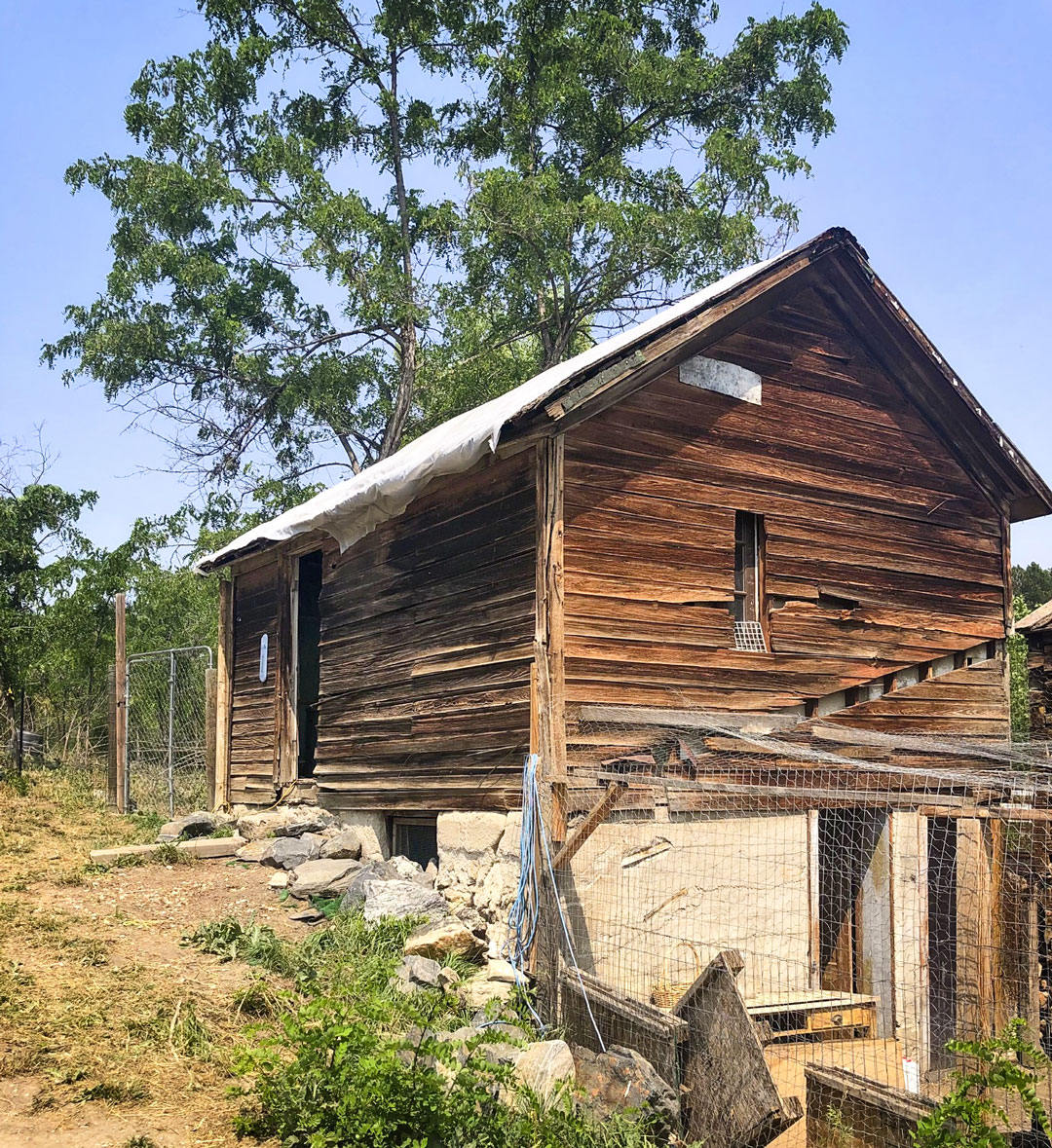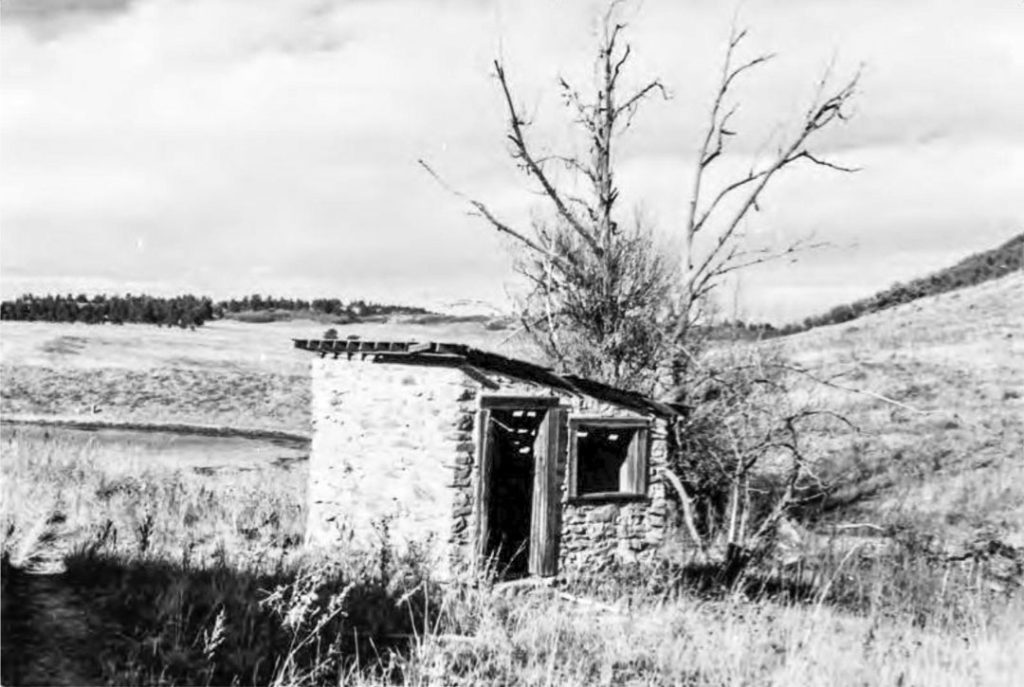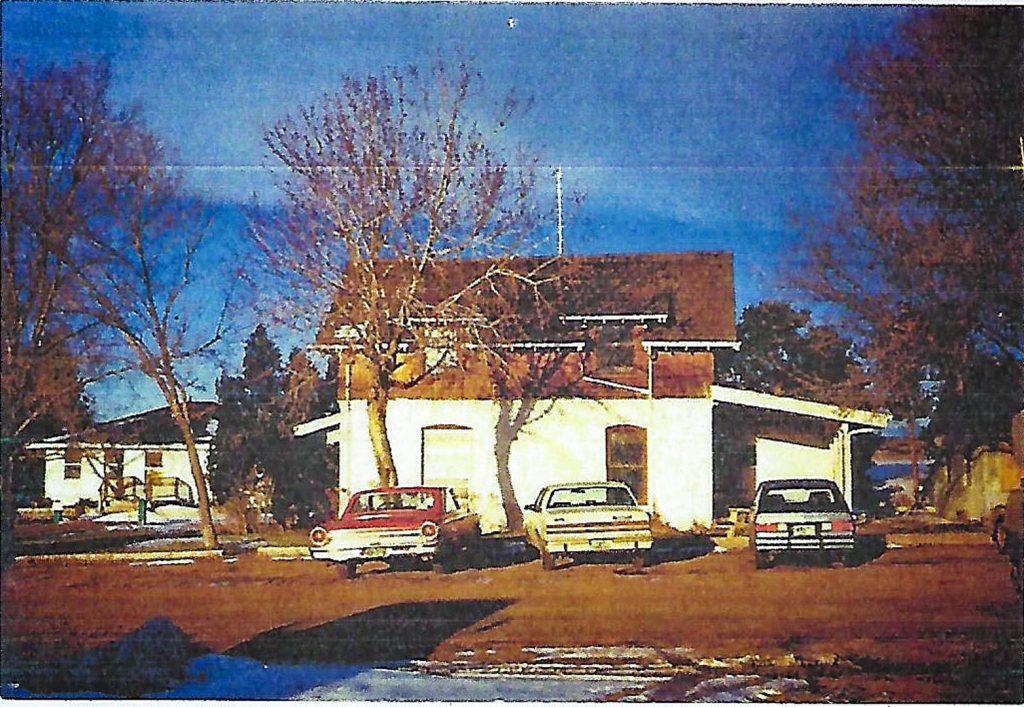The truth? Failure was the norm


Pretty Woman Cabin on #1263 Daniels Park Road, is great and emblematic of the rise and fall of our Colorado pioneers. First the road was the main southern artery into Denver, and then no more. Sylvestor Richardson had a wife, child and
business when things were good, and the “Pretty Woman” left him in 1868 when his business died. Courtesy of Dennis Niewoehner.
For years, many have lionized larger than life men and women who made our Douglas County great. As it should be. But the reality of pioneering outcomes in these parts is that most failed; their adventures were nasty, brutish and short. Local prosperity required many things: grit; water, agricultural, and animal husbandry savvy; and, above all, land – and lots of it. Those who arrived to battle the land and the weather and lost, receive little or no mention in our history. Here are a few of the less prosperous that still made it into the history books …
Perhaps the saddest tale of all was that of James Loak, born in England in 1813. An average soul with limited abilities, he migrated to the States and gained citizenship. Finding no success here as a civilian, he enlisted in Troop K, 2nd Colorado Cavalry, and in 1863 at the age 50, he fought during the remainder of the Civil War.
The 1880 census carried him as a Sedalia stockholder. The following year he homesteaded with a military warrant on 160 of our Village acres along what would later be Happy Canyon Road. Things did not go well, as he had no real capital and was afflicted with rheumatism, along with heart and kidney ailments. By 1891, he was senile, forced to relocate to an old soldiers’ home in Ft. Leavenworth, Kansas. He died with $75 to his name in 1898.
Nearby, Kansans John and Melissa Bardell homesteaded high on the bluffs paralleling today’s Castle Pines Parkway. The Castle Rock Journal noted that they had a dry ranch and could grow oats, wheat, rye, buckwheat, peas, beans and a variety of garden vegetables. The Bardells were known to favor fruit, regularly merchandising their young cherry and apple tree cuttings in front of the Castle Rock Courthouse in spring. Less favorable news articles more cautiously noted that their land was not irrigated, without a “drop of water on the place.”
Disaster struck when John died suddenly in 1897 and Melissa followed four years later, succumbing to ovaritis. Though a large family was left behind, the Bardell orchards could never be sustained due to our harsh agricultural climate and lack of water in their elevations.
In the same era, a fellow named Fred Flower renounced his allegiance to the Queen, migrating to America. His homestead claim was on today’s Cherokee Ranch, his self-built home the current caretaker’s abode.

A small stone building, the milk house, on what was once the Josiah Smith property in southeastern Douglas County, Colorado. This image was given to the Cherry Valley/Spring Valley Historical Society by Evelyn McClure.
Seems Fred was an exaggerator of epic proportions, reporting his as a 14,000-acre ranch, full of high-grade bulls, the best in Colorado. Perhaps the bull part of it was true, at least in a sense, but when old Fred was foreclosed upon in 1911, his grand plans ended.
Well into the 1950s, folks were still misjudging how much acreage and capital was necessary for a successful dairy ranch in dry Douglas County. Danish-born A.B. Anderson and his wife, Lucy, from Limon were the last to fail in our “Round Top” area after they acquired 1,150 acres of the lowest elevations in today’s Village at Castle Pines.
To the Andersons’ deep regret, family success in Lincoln County did not translate into a similar outcome here. Twenty years later, their farm was sold for development, the acreage becoming foundational to the development of our Village today. As things played out, the first Village headquarters was located in their farmhouse, generally where 7009 Vermilion sits today on Haskins Gulch.

The Anderson farmhouse, generally where 7009 Vermilion in The Village at Castle Pines is today.
By Joe Gschwendtner; courtesy photos